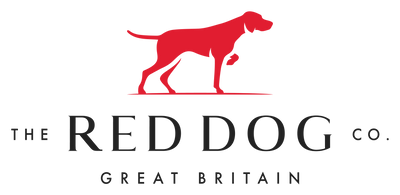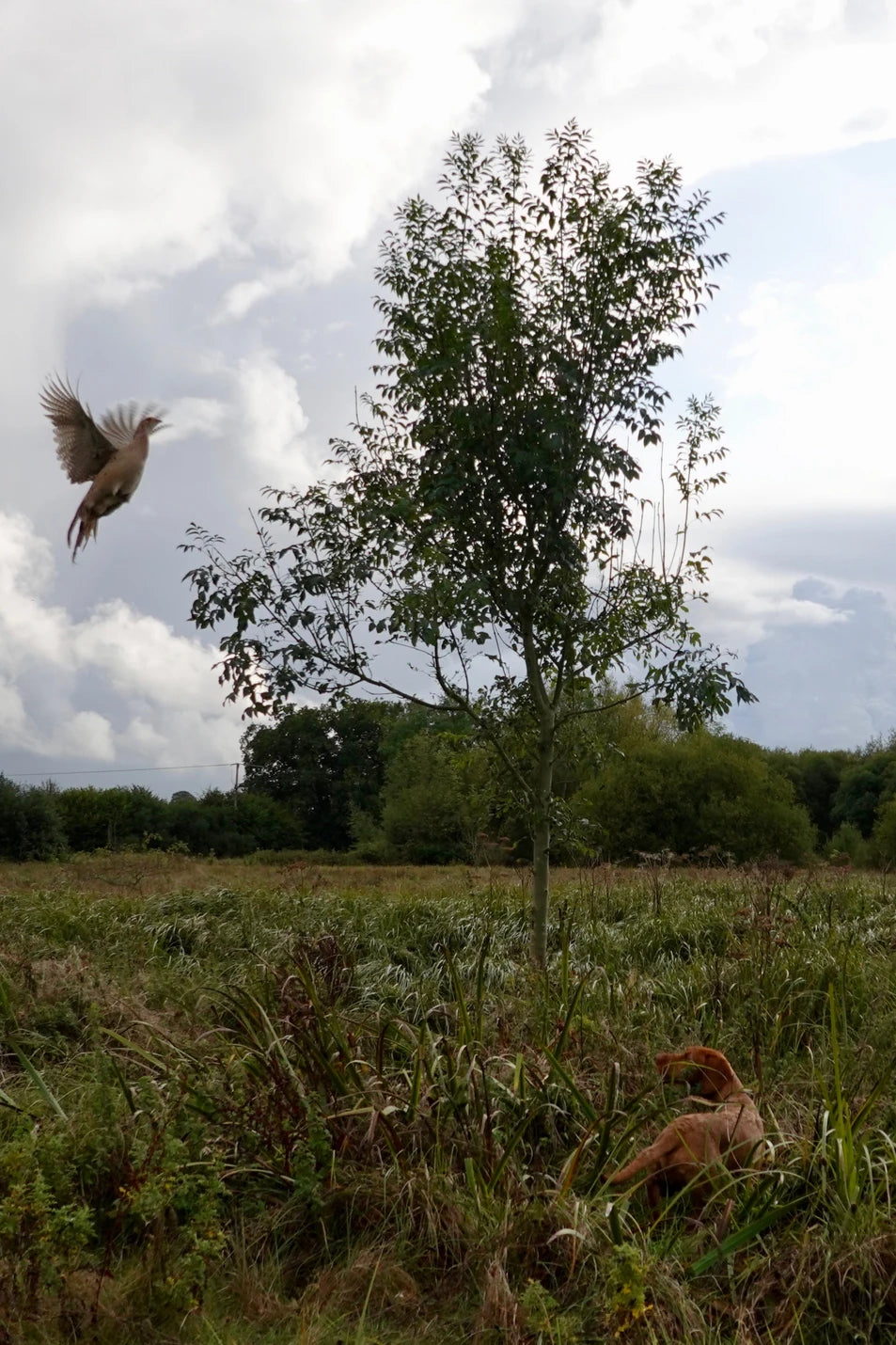A professional dog trainer sees thousands of dogs throughout their career, this gives them the opportunity to find out what works and to hone their techniques accordingly - I am not a professional dog trainer. Our dogs live in the house, come with us on holiday, and are generally part of the family. I enjoy their company enormously and like nothing more than working in partnership with them. This might be pursuing grouse with gun or hawk, peg dog duties throughout the season, and as year-round stalking companions. So, not only am I not a professional, but I’m very much a jack-of-all-trades.
The scientific approach
However, I’ve always been an avid consumer of doggie books, recently stumbling on a rich seam of scientific ‘behaviourist’ literature. Incorporating some of this thinking has tangibly improved my ability to communicate with my dogs and might be worth sharing. All owners are guilty of anthropomorphising; there’s probably something wrong with you if you don’t. However, to optimise communication it’s worth gaining an insight into how dogs ‘think’, and their actual capabilities, as apposed to Hollywood's Lassie version. That’s not to say they are not amazing, it’s just their strengths and weaknesses relative to us, might not be what we intuitively imagine. Even the experts don’t fully understand the way dogs use their noses – which is bordering on a superpower.
When it all goes right
On a good day, Yogi who is less than a year old, will quarter a grouse moor a hundred yards either side of me, using the wind to his advantage. He’ll locate a single grouse and work up to it, eventually locking on point. He’ll remain there, motionless, until I ask him to flush it. Whereupon he’ll sit to shot and mark the bird down. When asked, he’ll then retrieve the bird, gently to hand. If I’m out with the rifle he’ll walk to heel and knows not to point any pheasants we come across.
On another day I’ll be running late and let the dogs into the garden for a quick pee. I’ll call him back, and as he approaches, notice something disgusting on his neck and shoulders. He’ll know from my body language that something is badly wrong, and look guilty as hell, as he slinks towards me. However, if I punish him, chances are he’ll be upset and confused, and I’ll have more likely degraded his recall, than put him off rolling in the unmentionable.
Don’t shoot the dog
There have been many books written on behavioural training methods and I’d recommend ‘Don’t Shoot The Dog’ as a good starting point. All I’m going to do is provide you with some low hanging fruit and a few thoughts. As I said at the beginning of this piece, I’m no expert, so please take everything I say with a pinch of salt and go on your own voyage of discovery.
Balanced training
There is a credible movement that believes in only positive training, but as much as I’d like to, I can’t subscribe to this. I’m simply not a good enough, or patient enough, to prevent all unwanted behaviours without sometimes linking those to unpleasant consequences. I would however urge extreme caution; punishment – and this might just be a growl - should only be metered out when there can be no chance of misinterpretation, technically known as superstition. In practice this means ‘caught in the act’ or within a couple of seconds at the most. Get this wrong and you will confuse your dog and damage the relationship - if in any doubt, let it go.
Equally if your dog does something right, try to reward it as closely as possible to the event, preferably within the golden two seconds, for maximum effect. The reward could be a fuss, a treat, or a retrieve – but is has to be something your dog craves. Clearly the results of misunderstood praise are much less damaging than confusing criticism, so you have more latitude here. I use the word ‘yes’ precisely at the successful completion of a request and ‘good’ to give more general positive feedback. I also use ‘no’ when undesirable behaviour occurs and grumble ‘hey’ when things look to be heading in the wrong direction.
To click or not to click
The dog will already have learnt that when it hears ‘yes’ good things happen and they are rewarded, and when it hears ‘no,’ it is far less pleasant. If you go on to read about Operant Conditioning, you will learn that I am using ‘yes’ as a conditioned reinforcer, where others might use a clicker. People like to click, because it’s so precise, and like a whistle doesn’t give away your emotional state. I use ‘yes’ so I don’t have to carry around a clicker. I believe that if there is a ‘secret’ to dog training it’s consistency – you’re training your dog the whole time - whether you like it or not.
You've got to know when to hold 'em
Finally, like us, dogs like to gamble; so once a behaviour is established, only randomly reward, and vary the extent to keep them on their toes. 'Total Recall' talks of jackpots and even exceptional rewards - roast chicken kept warm in foil!
*When Nick is not working his dogs he’s working at The Red Dog Company developing the very best luxury dog beds and accessories.
#thereddogcompany #madeinengland #madeinbritain #gundog #workingdog #HPR #huntpointretrieve #dogsofinstagram #yogi #vizsla #wirehairedvizsla #gonegos #zoldmali
#gundogtraining #dogtraining #clickertraining #dontshootthedog #totalrecall #operantconditioning



